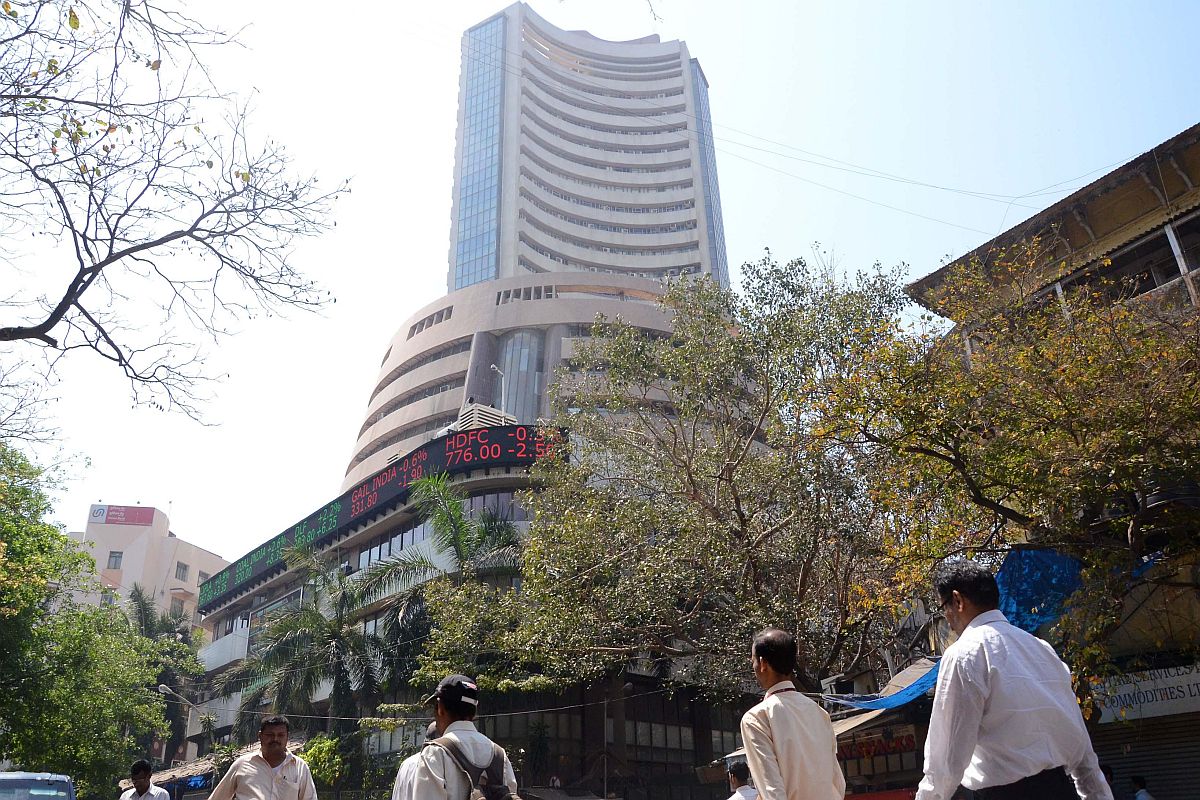Market closes lower due to losses in consumer stocks amid weak earnings
The stock market closed lower on Wednesday due to losses in consumer stocks amid weak earnings.
This is the first full Budget of Prime Minister Narendra Modi-led National Democratic Alliance (NDA) government after returning to power for the second time.

The budget is expected to feature several announcements with focus on the farm sector and rural India among others. (Photo: IANS)
The key Indian equity indices opened on a positive note ahead of the presentation of the Union Budget by Finance Minister Nirmala Sitharaman on Friday. The Sensex rose as much as 124 points to touch intraday high of 40,031.81 and the NSE Nifty50 Index advanced 35 points to 11,982.
The major gainers were HDFC Bank, HDFC, Reliance Industries, Larsen & Toubro, Hindustan Unilever and Kotak Mahindra Bank.
Advertisement
YES Bank, Vedanta, ONGC, NTPC and Tata Motors were among the top losers in the Sensex index.
Advertisement
Investors remain optimistic that the Modi government’s first Union Budget will propose measures to boost consumption and revive growth.
The budget is expected to feature several announcements with focus on the farm sector and rural India among others.
Meanwhile, the Indian Rupee opened at 68.55 as against the dollar. On Thursday, it closed at 68.49.
This is the first full Budget of Prime Minister Narendra Modi-led National Democratic Alliance (NDA) government after returning to power for the second time.
The Economic Survey 2018-19 tabled by Finance Minister Nirmala Sitharaman on Thursday has predicated 7 per cent GDP growth in FY20 on the back of anticipated pickup in the growth of investment and acceleration in the growth of consumption. This is higher from a five-year low of 6.8 per cent recorded in the previous year.
Read | Economic Survey 2019: Govt predicts 7% GDP growth for 2019-20; fiscal deficit down to 5.8%
The survey outlines strategic plueprint to achieve Prime Minister Narendra Modi’s vision for $5 trillion economy. To become a $5 trillion economy by 2025, India needs to sustain a GDP growth rate of 8 per cent.
General fiscal deficit is further expected to decline from 6.4 per cent of GDP in 2017-18 RE to 5.8 per cent of GDP in 2018-19 BE. The revised fiscal glide path envisages achieving fiscal deficit of 3 per cent of GDP by FY 2020-21.
Advertisement